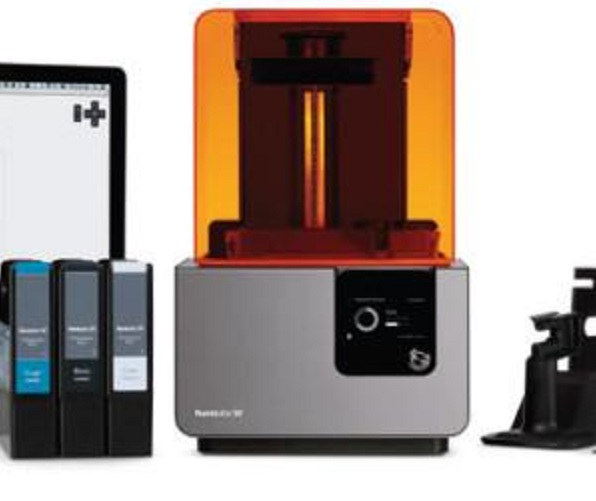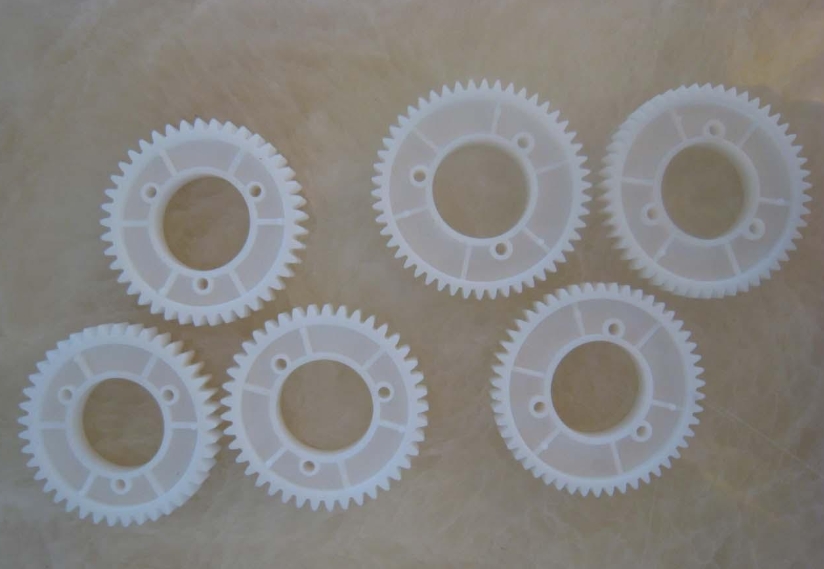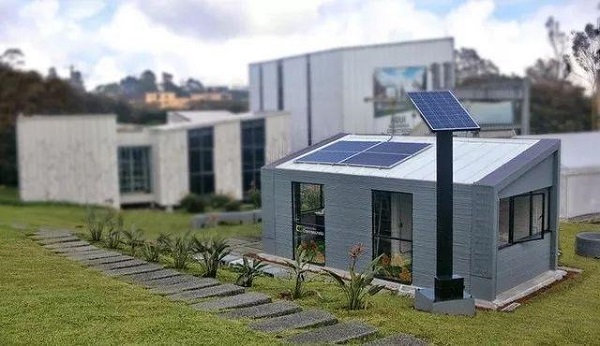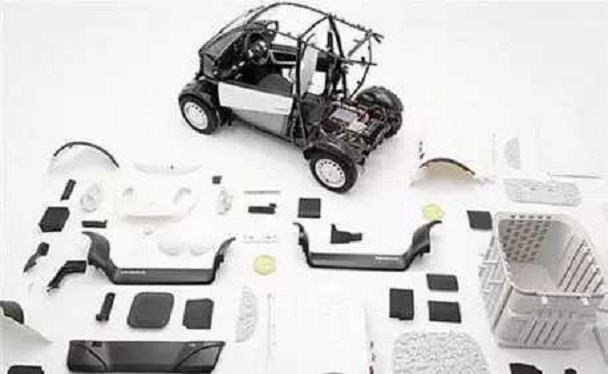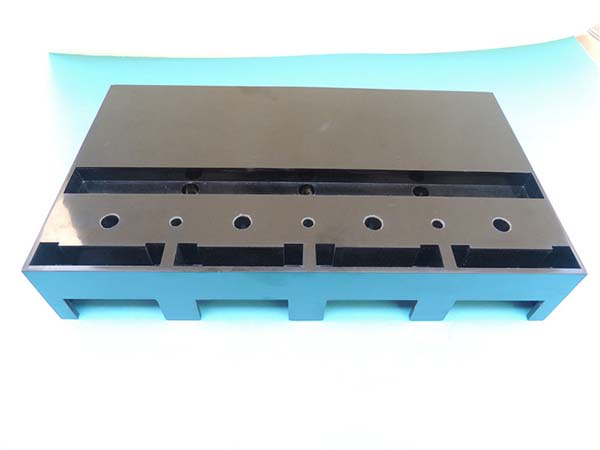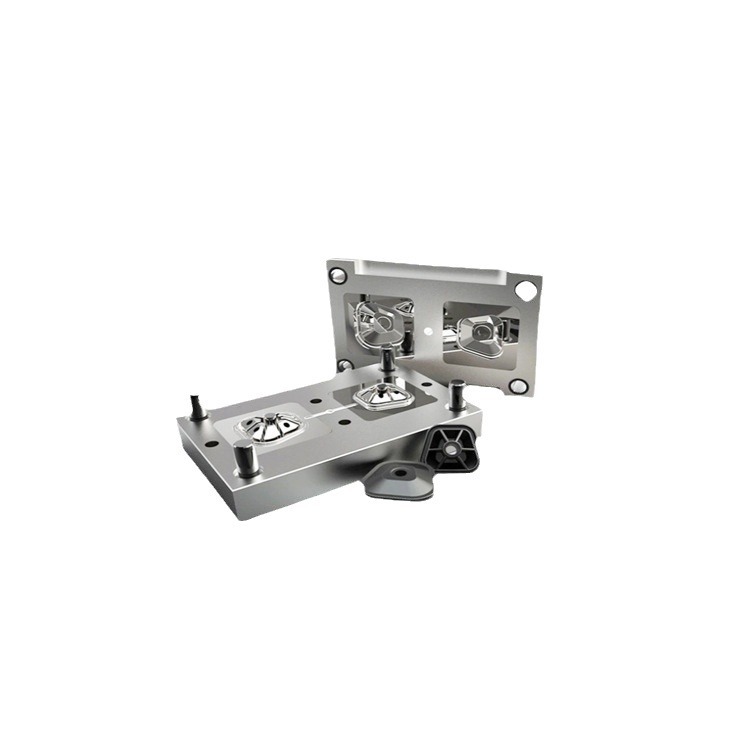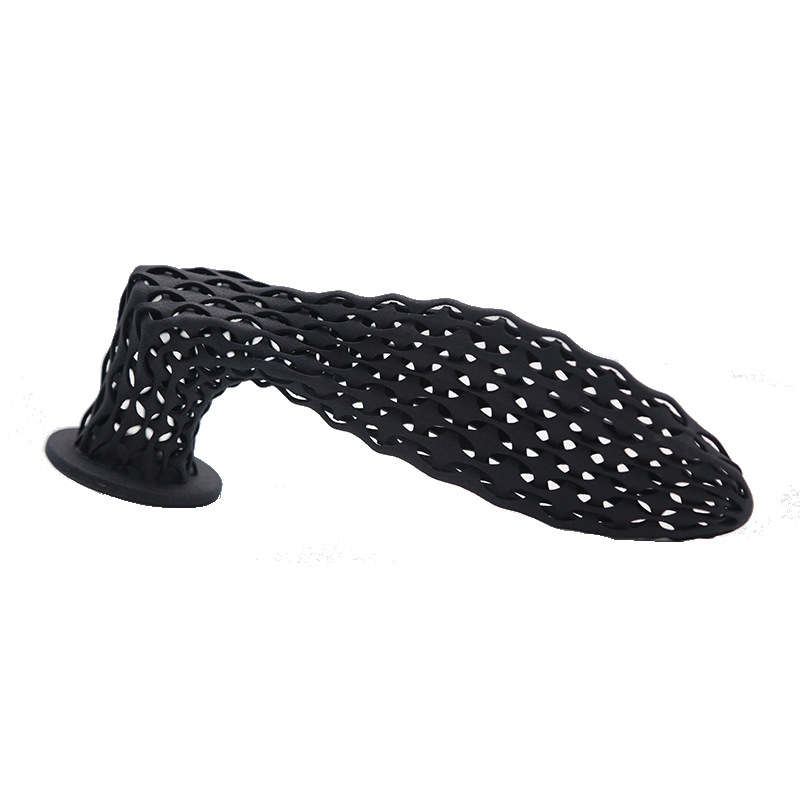1. Introduction
1.1 Definition of MSLA Printing
MSLA, short for Mask Stereolithography Apparatus printing, is an advanced 3D printing technology. It is based on the principle of photopolymerization, which is a unique and innovative approach in the 3D printing field. In MSLA printing, a digital light processing (DLP) chip or a liquid - crystal display (LCD) is used as a mask. This mask is able to project a series of 2D images onto a vat of photosensitive resin. When the ultraviolet (UV) light shines through the mask, the resin in the areas exposed to the light cures and solidifies layer by layer. Each layer corresponds to a cross - section of the 3D model, and as the layers are built up successively, a three - dimensional object is created. This process allows for high - resolution and detailed prints, making MSLA printing suitable for a wide range of applications.
1.2 The Growing Significance in the 3D Printing Realm
MSLA printing has been gaining remarkable importance in the 3D printing domain. In the medical field, it enables the creation of highly detailed anatomical models. For instance, doctors can use MSLA - printed models to better understand complex patient anatomies before performing surgeries, which can improve surgical planning and reduce risks. In 2022, a study showed that in over 30% of complex surgical cases, the use of 3D - printed anatomical models (many of which could be produced by MSLA printing) led to more successful surgical outcomes.
In industrial design, MSLA printing allows designers to quickly prototype their ideas. It can produce parts with intricate geometries that are difficult to achieve through traditional manufacturing methods. A recent survey of industrial designers found that about 40% of them used 3D printing (including MSLA) for prototyping, and the majority reported that it significantly reduced the time from concept to prototype.
The jewelry making industry also benefits greatly from MSLA printing. Designers can create elaborate and unique jewelry pieces with fine details. In fact, some high - end jewelry brands have started to use MSLA - printed molds to produce limited - edition jewelry, as it can offer more design flexibility compared to traditional casting methods. Given its wide - ranging applications and continuous technological advancements, it's essential to explore further aspects of MSLA printing, such as its working mechanism, advantages, limitations, and material options.
2. Working Mechanism of MSLA Printing
2.1 The Core Principle
At the heart of MSLA printing lies the principle of photopolymerization. Photosensitive resin is a key material in this process. This resin is a liquid polymer that has the unique property of being able to change its state from liquid to solid when exposed to light of a specific wavelength, typically ultraviolet (UV) light.
The process begins with a digital 3D model that is sliced into a series of 2D cross - sectional images by specialized software. These 2D images are then projected onto the surface of the photosensitive resin in the resin tank. A powerful UV light source is used to emit light. The light passes through a liquid - crystal display (LCD) screen, which acts as a mask. The LCD screen selectively blocks or allows the passage of light, creating an image corresponding to one layer of the 3D model on the resin surface. When the UV light hits the resin in the exposed areas, it triggers a chemical reaction within the resin. The monomers in the resin start to link together, polymerizing and solidifying the resin layer by layer. As each layer is cured, the build platform either moves up or down (depending on the printer design), and a new layer of resin is spread over the previously cured layer. This sequential curing of layers continues until the entire 3D object is formed.
2.2 Key Components and Their Roles
- Light Source: A high - power UV light source is crucial for MSLA printing. For example, many MSLA printers use LEDs (Light - Emitting Diodes) as the light source. The UV light emitted by these LEDs has a wavelength that is suitable for curing the photosensitive resin. The intensity and stability of the light source directly affect the curing speed and quality of the resin. A stronger light source can potentially reduce the curing time for each layer, thereby speeding up the overall printing process.
- Liquid - Crystal Display (LCD) Screen: The LCD screen functions as a dynamic mask. It controls which parts of the resin are exposed to the UV light. By precisely adjusting the pixels on the LCD screen, it can project the detailed 2D cross - sectional images of the 3D model onto the resin. The resolution of the LCD screen is a critical factor in determining the detail and accuracy of the printed object. A higher - resolution LCD screen can produce more intricate and precise layer patterns, resulting in a 3D printed object with better surface finish and dimensional accuracy.
- Resin Tank: This is where the photosensitive resin is stored during the printing process. The resin tank needs to be made of a material that is transparent to UV light so that the light can reach the resin. It also needs to be designed to hold the resin securely and allow for easy replacement when the resin is depleted. Some resin tanks are designed with features like easy - pour spouts and anti - leakage mechanisms to make the resin handling process more convenient and mess - free.
- Build Platform: The build platform is where the 3D object is constructed layer by layer. It can move in the vertical (Z - axis) direction to accommodate the addition of new resin layers. The surface of the build platform needs to have good adhesion properties to ensure that the initially cured resin layers stick firmly to it. However, after the printing is complete, it should also be possible to remove the printed object from the platform without causing damage. Some build platforms are made of materials like aluminum with special coatings to optimize adhesion and release characteristics.
3. Yigu Technology's Viewpoint
As a non - standard plastic metal products custom Supplier, Yigu Technology highly values the potential of MSLA printing. In product development, MSLA printing can be used to create detailed plastic prototypes, allowing for quick visualization and modification of design concepts. For metal products, it can produce accurate molds, reducing the time - consuming process of traditional mold - making.
Combining MSLA printing with traditional manufacturing processes can bring about significant improvements. For example, in the production of complex - shaped parts, MSLA - printed prototypes can be used for design verification before mass production through traditional casting or machining methods. This integration not only improves production efficiency but also enhances product quality by minimizing design flaws. Overall, Yigu Technology believes that MSLA printing holds great promise and will play an increasingly important role in the future of product manufacturing.
4. FAQ
4.1 What types of resins are best suited for MSLA printing?
Acrylate - based resins are very popular for MSLA printing. They cure rapidly under UV light, which allows for relatively fast printing speeds. These resins can achieve high - resolution prints and offer good mechanical properties. For example, they have decent strength and toughness, making them suitable for applications like jewelry prototypes, where fine details and a certain level of durability are required.
Epoxy - based resins are another good option. They generally provide excellent chemical resistance and high - temperature stability. This makes them ideal for applications where the printed parts will be exposed to harsh chemical environments or elevated temperatures, such as in some industrial tooling or chemical - handling equipment prototypes.
There are also flexible resins available. These are great for creating parts that need to have some degree of elasticity, like soft grips for tools or flexible joints in mechanical assemblies. However, they usually have lower strength compared to acrylate and epoxy resins.
4.2 How can I ensure the quality of MSLA - printed models?
Calibrating the MSLA printer is crucial. This includes adjusting the exposure time accurately. If the exposure time is too short, the resin may not cure properly, leading to weak layers and possible model failures. On the other hand, if it's too long, the layers may over - cure, causing dimensional inaccuracies.
Controlling the environment is also important. The temperature and humidity of the printing area should be maintained within the recommended range. High humidity can affect the curing process of the resin, while extreme temperatures can cause the resin to expand or contract unevenly, which may result in warping or cracking of the printed model.
Before starting a large - scale print, it's advisable to perform small - scale test prints. This allows you to check for any potential issues such as support structure problems, layer adhesion issues, or incorrect model orientation. You can then make adjustments based on the results of these tests.
4.3 Can MSLA printing be used for large - scale production?
MSLA printing has both advantages and limitations for large - scale production. One of the advantages is its ability to produce highly detailed and complex parts with high precision. This is beneficial when manufacturing small, intricate components in large quantities, such as dental crowns or micro - mechanical parts.
However, there are also limitations. In terms of production speed, MSLA printing is generally slower compared to some traditional mass - production methods like injection molding. For example, while injection molding can produce hundreds of parts per hour, an MSLA printer may take several hours to print a single part, depending on its size and complexity.
Cost is another factor. The cost of photosensitive resin is relatively high, and the continuous replacement of resins during large - scale production can significantly increase the overall production cost. Additionally, the maintenance and replacement of printer components, such as the LCD screen or light source, also add to the expenses. So, while MSLA printing can be used for small - to medium - scale production of high - value, detailed parts, it may not be the most cost - effective or efficient choice for large - scale, high - volume production of simple parts.
